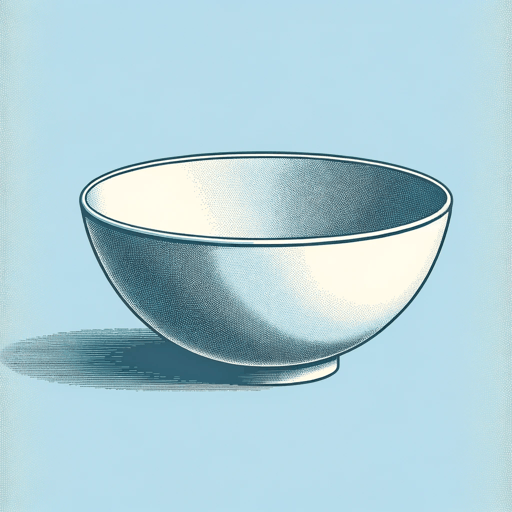18 pages • 36 minutes read
Jane KenyonLet Evening Come
Fiction | Poem | Adult | Published in 1990A modern alternative to SparkNotes and CliffsNotes, SuperSummary offers high-quality Study Guides with detailed chapter summaries and analysis of major themes, characters, and more.
Literary Devices
Form and Meter
Unlike many of Jane Kenyon’s poems, “Let Evening Come” carries a loose metrical pattern of alternating between iambic and anapestic feet. Iambic is a metrical rhythm defined by an unstressed syllable followed by a stressed syllable, as in “the light” (Line 1) and “of late” (Line 1) in the poem’s opening line. An anapestic metrical rhythm is defined as a metrical foot comprised of two unstressed syllables followed by a stressed syllable, as in “as the sun” (Line 3). Scanned, the first stanza would look like this:
Let | the light | of late | afternoon
shine | through chinks | in the barn, | moving
up | the bales | as the sun | moves down (Lines 1-3).
The first metrical foot of each line is made up of an assumed unstressed syllable. In prosody, this is called a headless line, or an acephalous line; it’s defined by a metrical line that lacks the first (usually unstressed syllable); this occurs often in poems using iambic meter. Kenyon uses the headless line, choosing to stress the first word of each line instead of opening with a weaker, unstressed syllable. Stressed syllables are defined as having a louder sound than their unstressed counterparts.
Related Titles
By Jane Kenyon




